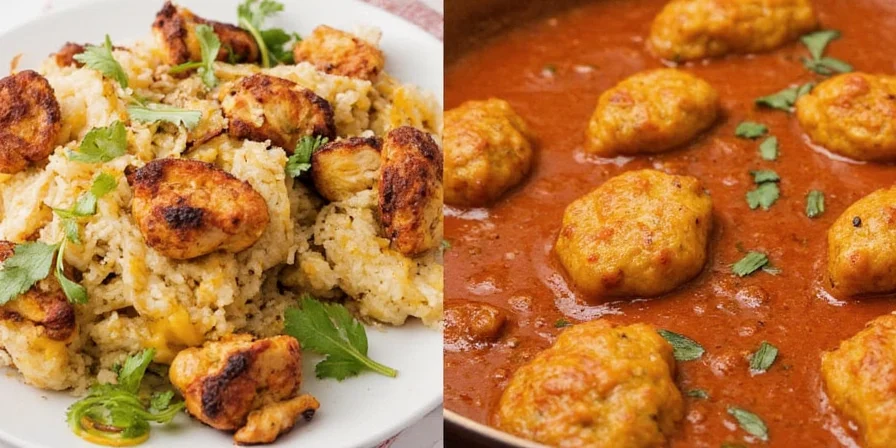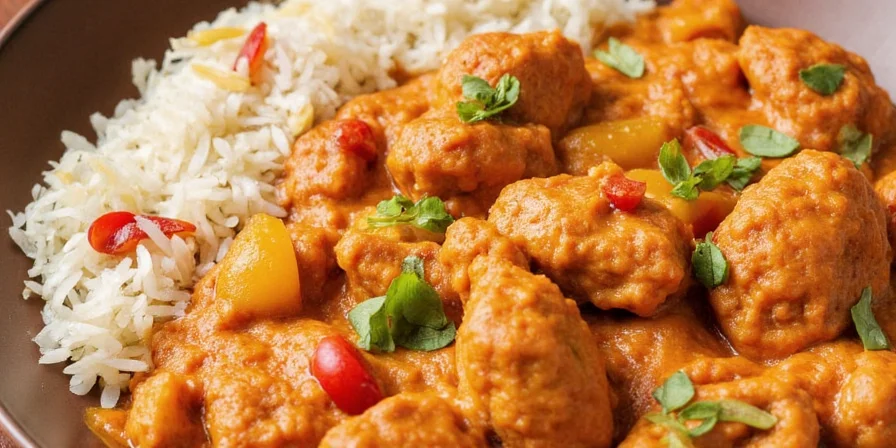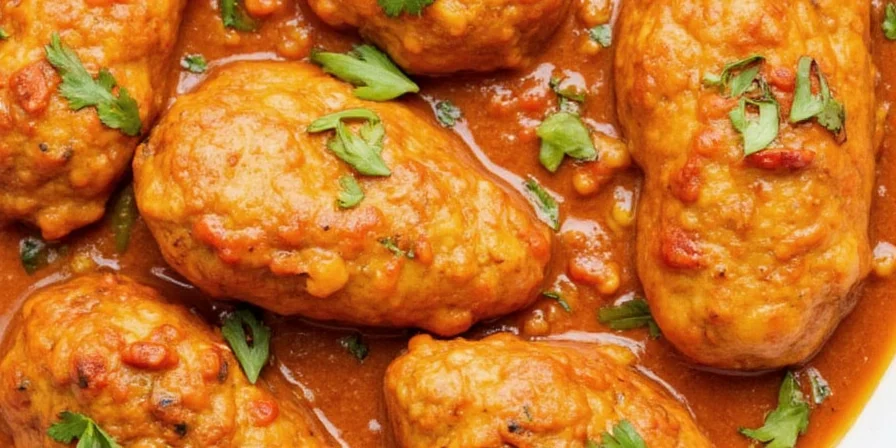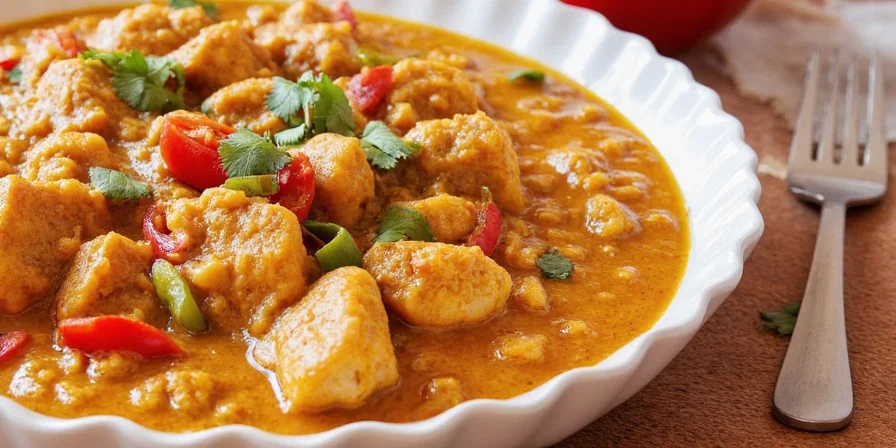
Table of Contents
- Introduction
- 7 Innovative Spice Pairings
- Why These Pairings Work
- Pro Tips for Perfect Pairing
- Conclusion
Introduction: Beyond Naan & Rice
If you've ever wondered "What goes with chicken tikka masala?", you're likely considering standard sides like naan or rice. But home cooks deserve more creative solutions that deliver restaurant-quality results without professional training.
This guide reveals 7 accessible spice combinations specifically designed for home kitchens. Transform ordinary chicken tikka masala into extraordinary meals using common pantry staples—no special equipment or expertise required. Whether hosting guests or elevating weeknight dinners, these pairings make impressive results achievable for every home cook.
7 Innovative Spice Pairings That Go With Chicken Tikka Masala

- Lemon Zest & Sumac: Brightens the richness of the sauce without overpowering it.
- Fenugreek & Orange Rind: Adds bittersweet complexity that complements tomato-based gravy.
- Cumin & Maple Syrup: A touch of sweetness brings out smoky depth in spices.
- Star Anise & Cinnamon Stick: Infuse subtle warmth that elevates overall aroma.
- Turmeric & Black Pepper: Enhances curcumin absorption and deepens flavor.
- Mango Powder (Amchur) & Lime: Tangy twist that balances creamy textures.
- Cardamom & Vanilla Bean: Creates floral sweetness that works surprisingly well.
Why These Pairings Work: The Science Behind the Spice
Chicken tikka masala's complex spice profile—cumin, coriander, garam masala, paprika, and turmeric—responds uniquely to complementary additions. Each pairing enhances specific notes while maintaining the dish's essential character. These combinations aren't random; they follow molecular flavor pairing principles where compounds in different ingredients create synergistic effects.
| Pairing | Flavor Profile Enhanced | Why It Works |
|---|---|---|
| Lemon Zest + Sumac | Acidity | Cleanses the palate and cuts through rich creaminess |
| Fenugreek + Orange Rind | Bitter-Sweet Depth | Offers balance to the tangy tomatoes |
| Cumin + Maple Syrup | Smokiness | Sweetness draws out earthy undertones |
| Star Anise + Cinnamon | Aromatic Warmth | Blends seamlessly with Indian spice base |
| Turmeric + Black Pepper | Earthiness | Pepper boosts turmeric's bioavailability |
| Mango Powder + Lime | Tanginess | Adds zesty brightness without dairy |
| Cardamom + Vanilla | Floral Sweetness | Creates elegant contrast with savory base |

Pro Tips for Perfect Pairing
These kitchen-tested techniques ensure success for home cooks:
- Start Small: Introduce one new element per cooking session to understand its impact.
- Balance Intensity: If your sauce is spicy, use milder enhancers like citrus zest.
- Toast First: Dry toast whole spices before grinding to unlock flavors.
- Dilute Bold Flavors: Begin with 1/4 teaspoon of strong additions like maple syrup.
- Layering is Key: Add volatile spices (like citrus zest) at the end of cooking.
- Think Globally: Incorporate accessible international ingredients like star anise.
- Experiment Fearlessly: Track adjustments in a cooking journal to replicate successes.

Conclusion: Accessible Flavor Innovation
When wondering "What goes with chicken tikka masala?", move beyond traditional sides. These scientifically grounded pairings empower home cooks to create restaurant-quality dishes using familiar ingredients. By understanding flavor chemistry—not chef-level skills—you'll consistently produce impressive results that transform weeknight meals into culinary experiences.
Remember: The most successful pairings enhance rather than dominate. Start with lemon-sumac or mango-lime combinations for immediate wins, then explore more complex fusions as your confidence grows.

Frequently Asked Questions
Which spice pairing works best for beginners?
Lemon zest and sumac is the ideal starting point—it requires no special ingredients, balances richness effectively, and works with both homemade and store-bought sauces.
Can I use these with store-bought tikka masala sauce?
Yes, all pairings work with commercial sauces. Add ingredients during the final simmering stage—start with 1/4 teaspoon additions and adjust to taste.
How should I store unused spice combinations?
Pre-mix dry spices in small airtight containers. Most blends retain potency for 3-6 months when stored away from light and heat sources.
Do these pairings change cooking times?
No additional time is needed. Incorporate dry spices during initial cooking stages and fresh elements like citrus zest in the last 5 minutes.











 浙公网安备
33010002000092号
浙公网安备
33010002000092号 浙B2-20120091-4
浙B2-20120091-4